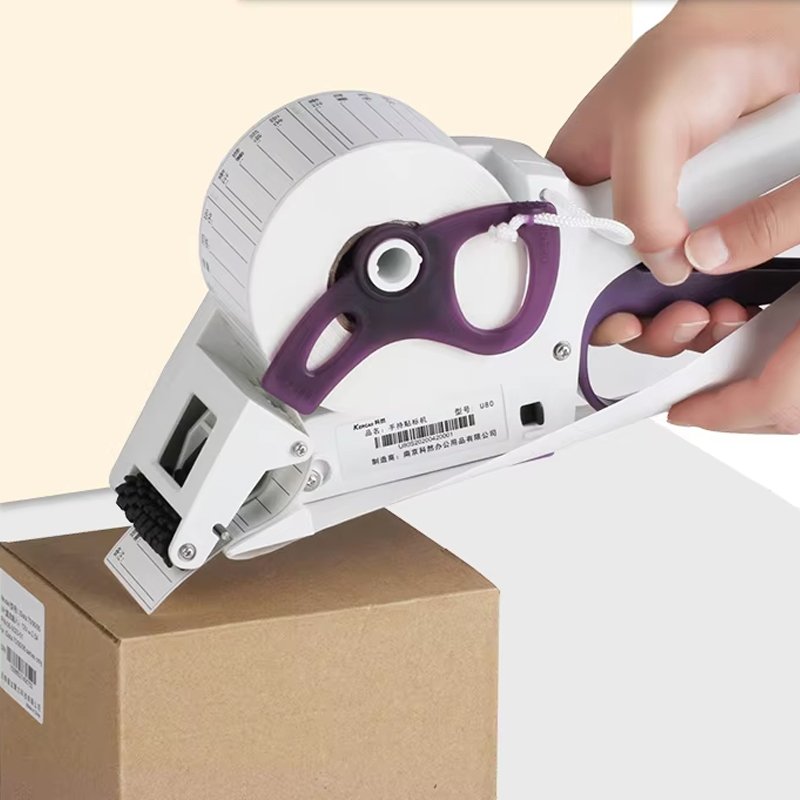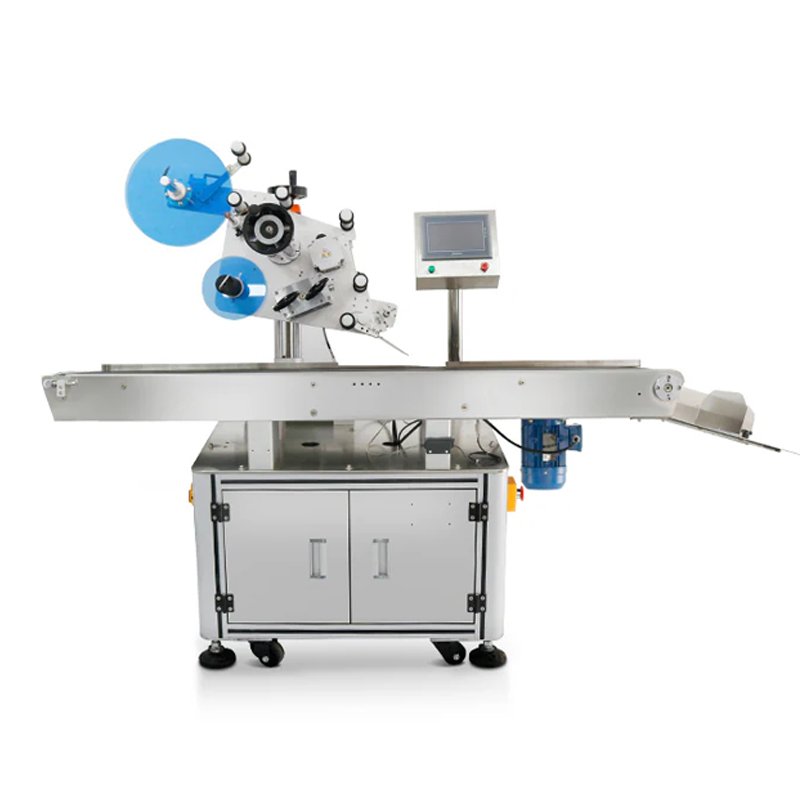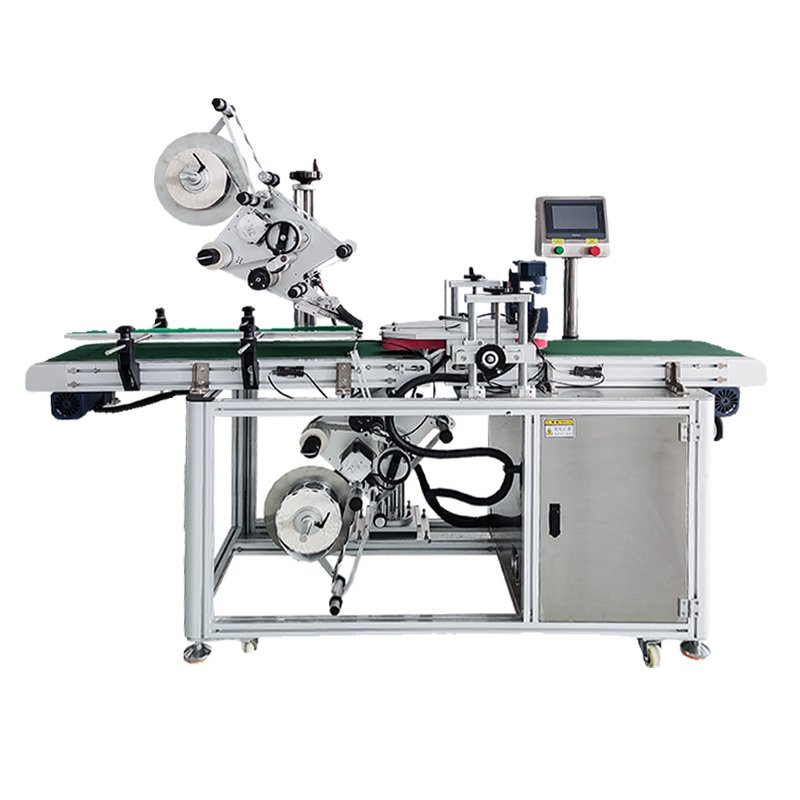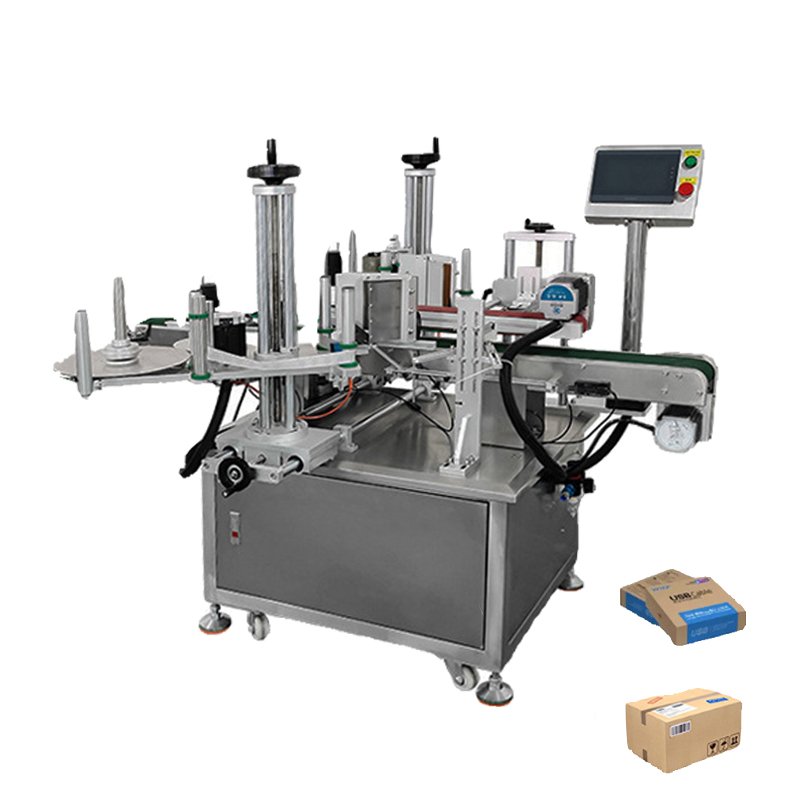In today’s fast-paced manufacturing and distribution world, the efficiency of your packaging process directly impacts your bottom line. A key part of that process is the application of labels to your products. Whether you are in the food and beverage industry, e-commerce, pharmaceuticals, or any other sector, box labeling machines are a game-changer. This comprehensive FAQ guide will walk you through everything you need to know about box labeling machines: their importance, the different types available, how they work, and how to choose the right one for your business needs.
What is a Box Labeling Machine and Why Should You Invest in One?
A box labeling machine is an automated or semi-automated system designed to apply labels to boxes, cartons, and packages used in various industries. These labels are essential for product identification, compliance with regulatory standards, and enhancing the visibility of your brand. Simply put, box labeling machines help ensure your product reaches the customer or end-user with the correct information, displayed in a professional and efficient manner.
By automating the labeling process, businesses can greatly reduce manual labor, improve consistency, and increase production speed. Whether you are sending out hundreds of packages a day or thousands, investing in the right box labeling machine will increase your operational efficiency, reduce human error, and ensure that your products are properly marked for legal, marketing, and logistical purposes.
Types of Labels: Which One Works Best for You?
Choosing the right type of label is just as important as choosing the right machine. Labels vary based on the adhesive used and the intended application. Below are the most common types of labels you will encounter:
1. Removable Labels
- What They Are: These labels are designed to be removed easily without leaving sticky residue behind. They’re typically used for temporary applications where you need to apply and remove the label without damaging the product or box.
- When to Use: Ideal for products that are in transit or promotional goods where the label might need to be replaced or removed later.
- Drawbacks: Although removable, these labels are generally more expensive due to the high-quality adhesives used, and they may not offer the durability of permanent labels.
2. Non-Removable (Permanent) Labels
- What They Are: These labels are designed to form a strong, permanent bond with the box or product. Once applied, they are difficult to remove and may leave residue behind.
- When to Use: Perfect for long-term applications where the label needs to stay intact through shipping, handling, and storage. This is especially important in industries where product traceability and legal compliance are essential.
- Benefits: These labels are highly durable, resistant to wear, and are perfect for use in industries like pharmaceuticals and food packaging.
Why Labeling is So Crucial for Your Business
The labeling on your products is not just for decoration; it serves several critical functions:
1. Product Specification
A well-placed label provides essential product details like batch numbers, contents, weight, quantity, and size. This helps in clearly identifying products, avoiding mix-ups, and ensuring proper inventory control.
2. Legal Compliance
Every industry has its own set of regulations for labeling, especially for food, pharmaceuticals, and chemicals. Labels often need to include information like expiration dates, safety warnings, ingredients, nutritional facts, and other compliance-specific details. A box labeling machine helps you stay on top of these requirements.
3. Marketability and Branding
The label is often the first thing a potential customer sees, and it can make or break a sale. Attractive, clear, and professional labels help enhance brand recognition, increase consumer trust, and make products stand out in a crowded marketplace. With a box labeling machine, you ensure that every label is consistently applied with high precision, giving your products a polished and cohesive appearance.
Key Components of a Box Labeling Machine
A box labeling machine is a complex piece of equipment, with various components working together to apply labels efficiently. Here’s a look at the key parts that make the machine function smoothly:
1. Labeling Station
The core of the labeling machine, the labeling station is where the label is applied to the box. This station can include various mechanisms such as brushes, rollers, or vacuum systems to ensure the label is applied accurately and without wrinkles.
2. Control Unit
The control unit is the brain of the operation. It typically consists of a Programmable Logic Controller (PLC) and a Human-Machine Interface (HMI), allowing operators to control the machine’s speed, label positioning, and other parameters.
3. Conveyor System
A conveyor system moves the boxes through the machine, ensuring each one is correctly positioned for labeling. This system is essential for maintaining a smooth and continuous flow, especially in high-speed production environments.
4. Hopper
The hopper stores the labels and feeds them into the labeling station. This part ensures a steady supply of labels, reducing downtime and increasing productivity.
5. Safety Features
Safety is always a priority in machinery. A box labeling machine typically includes various safety sensors to detect faults, along with emergency stop systems that protect both operators and the machine.
How Do Box Labeling Machines Work? A Step-by-Step Overview
Here’s a simple breakdown of the stages involved in the operation of a box labeling machine:
- Feeding the Boxes: The boxes are loaded onto a conveyor belt, which transports them to the labeling station.
- Applying the Label: At the labeling station, the machine applies the label using an adhesive system or vacuum pressure to ensure it adheres properly.
- Ejecting the Box: After the label is applied, the box moves along the conveyor system to the next stage in the production line, whether it’s filling, sealing, or shipping.
How to Choose the Right Box Labeling Machine for Your Business?
Selecting the right box labeling machine is crucial to optimizing your packaging process. The type of machine you choose should align with your production scale, speed needs, and specific labeling requirements. Below is a guide to help you navigate through the different types of box labeling machines and make the best choice for your business:
Manual Box Labeling Machines

What They Are: Manual box labeling machines require direct human involvement to apply labels. Operators manually load boxes into the machine, and the label is then applied either by hand or with minimal automation.
Best For: Small businesses or low-volume production lines with limited labeling requirements. This machine is ideal for operations where precision and speed are less of a concern, and flexibility is more important.
Automatic Box Top Labeling Machines

What They Are: Fully automated, these machines handle the entire labeling process without requiring manual labor. From box feeding to label application and ejection, everything is done automatically, ensuring speed and consistency.
Best For: Mid to large-scale businesses looking to significantly increase production efficiency and reduce manual labor. Ideal for high-volume operations that need reliable, fast, and consistent labeling without human intervention.
Top and Bottom Box Labeling Machines

What They Are: These specialized machines apply labels to both the top and bottom surfaces of boxes simultaneously, saving time and ensuring uniformity across the entire package.
Best For: Industries requiring labeling on both surfaces for additional product information or branding. Common in sectors like e-commerce, retail, or any business needing comprehensive labeling for shipping or display.
Box Corner Labeling Machines

What They Are: Designed to apply labels specifically to the corners of boxes, these machines are ideal for products that require labeling in unique positions, such as for enhanced visibility or branding purposes.
Best For: Businesses dealing with irregularly shaped packages or those needing corner labeling for aesthetic or functional reasons. Industries such as cosmetics, fragile goods packaging, or luxury products often require this feature for distinct presentation.
Customized Box Labeling Machines
What They Are: Customized box labeling machines are tailored to meet specific operational needs. Whether you require complex label placement, the ability to handle unique box shapes, or integration with other production systems, these machines can be designed to fit your exact requirements.
Best For: Companies with highly specific labeling needs, such as those with diverse product ranges or complex packaging types. These machines offer the flexibility to evolve with your business as it grows and diversifies its product lines.
Additional Equipment for Streamlined Packaging and Labeling
Many businesses pair box labeling machines with other systems to enhance their packaging process. Some common support equipment includes:
- Box Erecting Machines: These machines form boxes from flat cardboard or paperboard, preparing them for labeling.
- Box Sealing Machines: After labeling, these machines seal the boxes to ensure they are secure for shipping or storage.
- Box Filling Machines: These fill the boxes with products before labeling them.
- Box Counting Machines: These track the number of boxes being processed, helping with inventory and ensuring accurate labeling.
Maintenance and Troubleshooting
To keep your box labeling machine running smoothly, regular maintenance is essential. Common issues can include label misalignment, jams, or poor adhesion. To prevent these issues:
- Inspect and clean the sensors regularly.
- Calibrate the system as needed to ensure accurate label placement.
- Replace worn parts and lubricate moving components to avoid unnecessary downtime.
Final Considerations When Purchasing a Box Labeling Machine
Before making your purchase, take the time to evaluate your business’s specific needs:
- Production Volume: Do you need a high-speed machine for large-scale operations, or would a semi-automatic machine suffice for smaller volumes?
- Labeling Needs: Consider whether you need specialized labeling capabilities, like top and bottom or corner labeling.
- Space and Integration: Ensure the machine fits in your existing workflow and integrates smoothly with other equipment.
- Budget: Consider both the initial investment and the long-term maintenance costs.
- Ease of Use: Choose a machine with an intuitive control panel to minimize training time for your staff.
Now that you have all the information you need, it’s time to make an informed decision. Whether you’re running a small operation or scaling to meet growing demand, the right box labeling machine can dramatically improve your efficiency, product presentation, and legal compliance. Don’t wait—invest in a machine that will work as hard as you do and take your packaging process to the next level!
